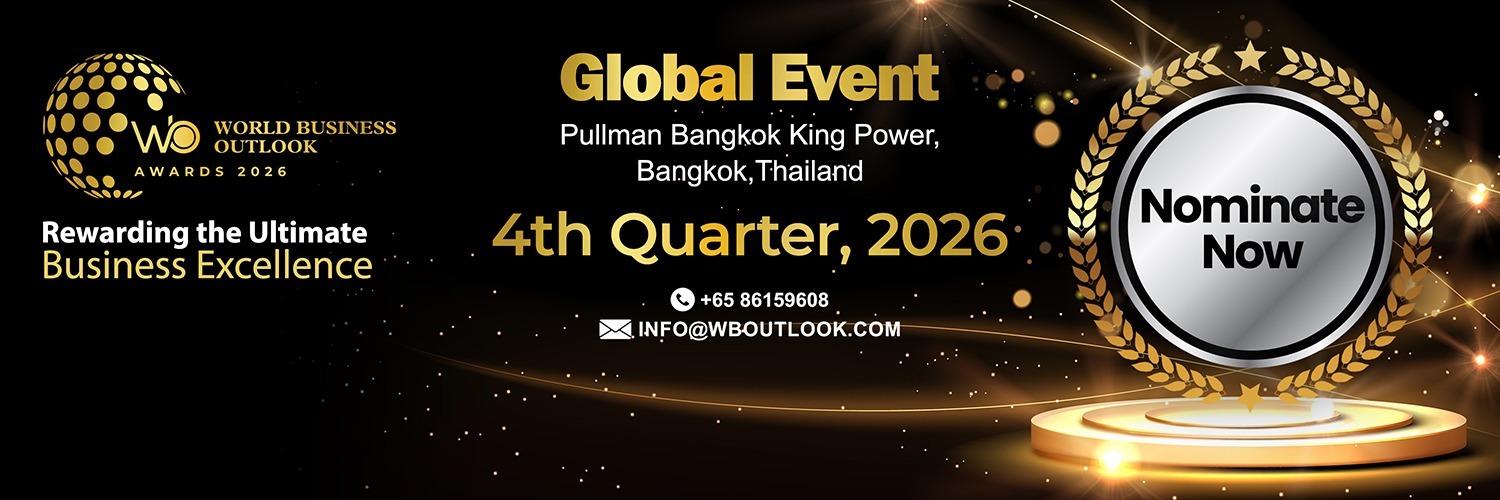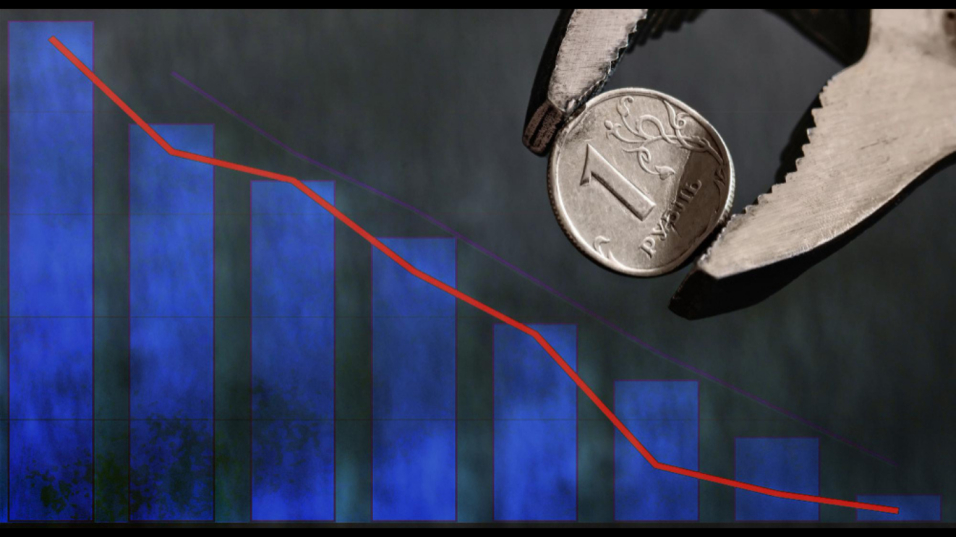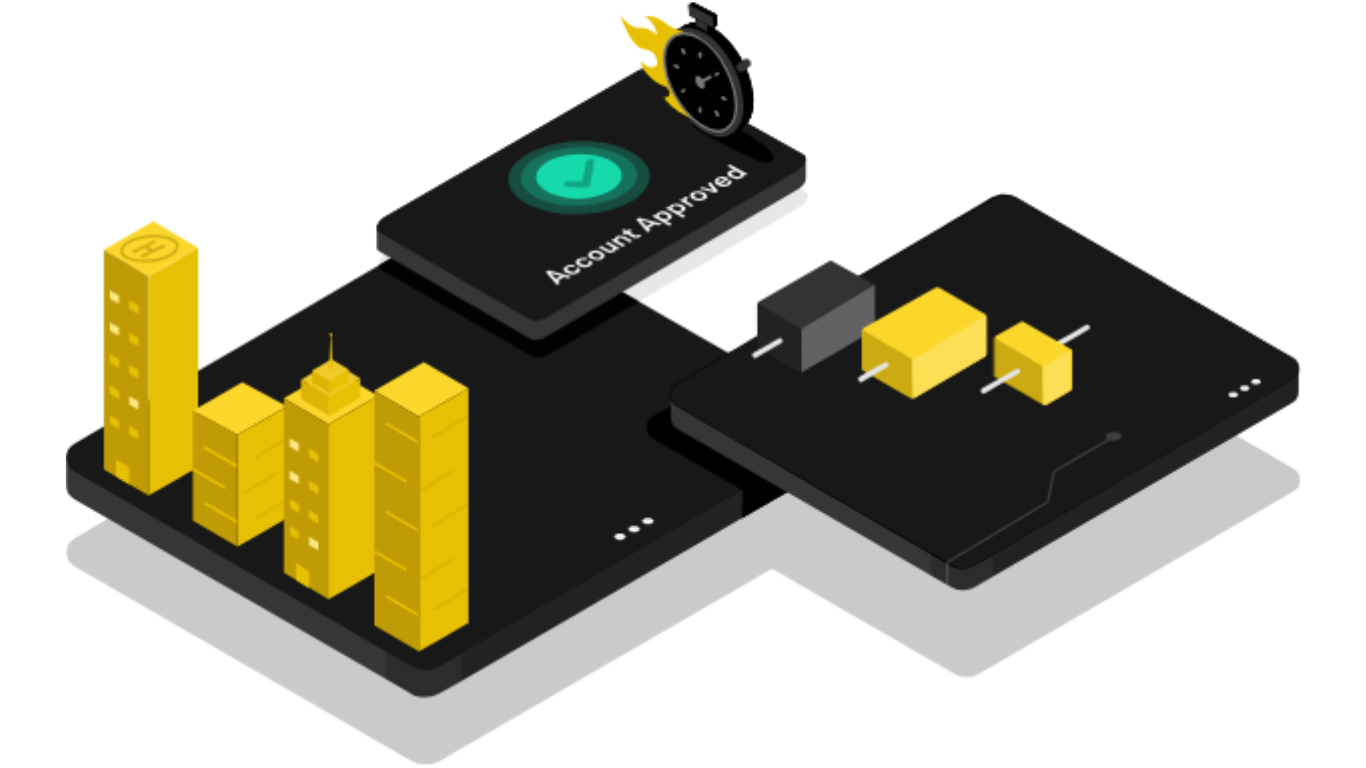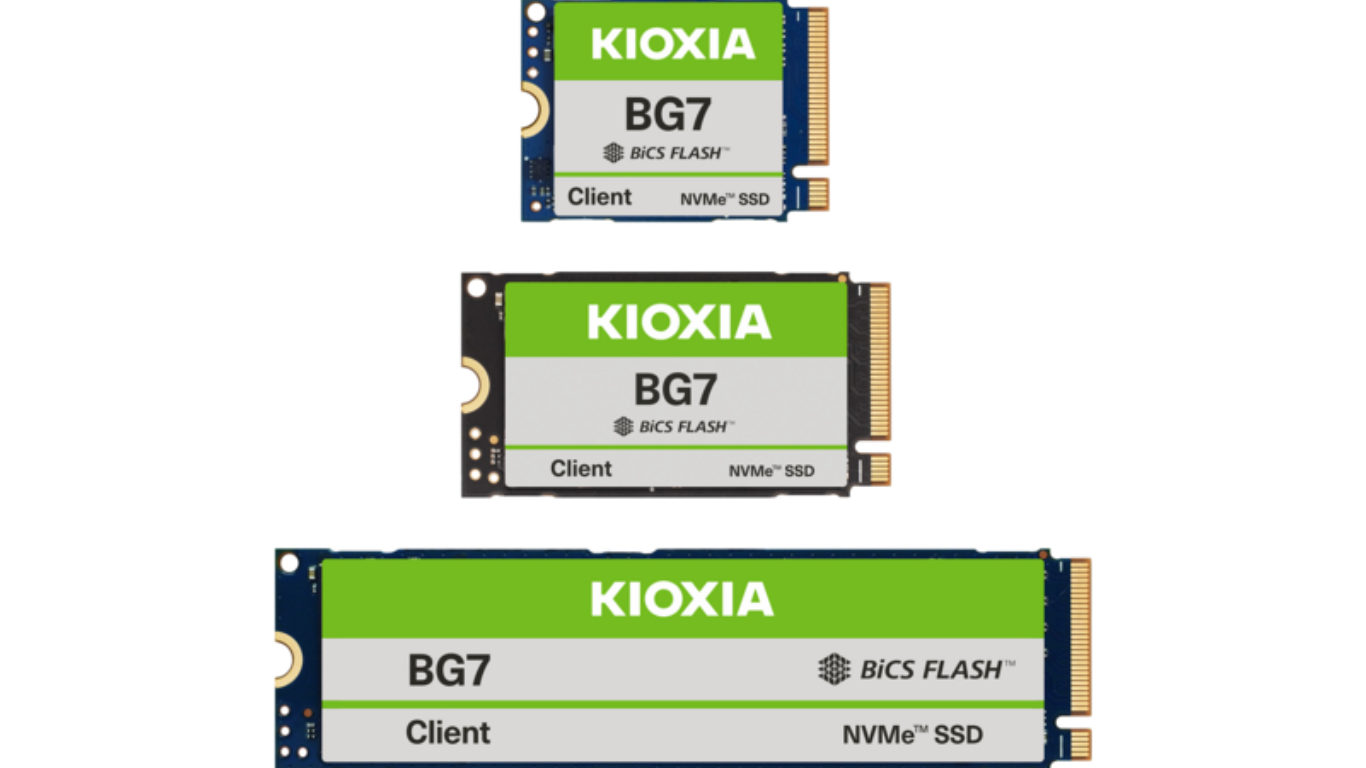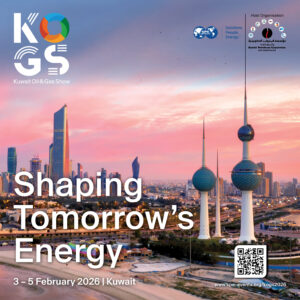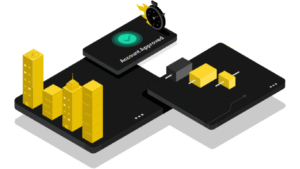Tracking time sounds simple. But for most creative agencies, it’s a silent leak. Billable hours vanish. Spreadsheets fail. Staff guesses become data. That’s not sustainable. Modern systems eliminate friction. They capture work as it happens without disrupting flow. Click a timer. Enter it manually. Let it track you in the background. All methods count. This data shows where profit comes from and where it disappears. It’s not about micromanaging. It’s about clarity. Know which clients deliver revenue and which burn hours. With better visibility, pricing improves, planning sharpens, and teams stop wasting time on work that doesn’t pay.
Time Tracking That Actually Works
Time tracking accuracy remains one of the biggest problems for creative agencies. About 40% of agencies struggle with timesheet problems and untracked billable time. This becomes even riskier under retainers, fixed pricing depends on clear records of effort and scope, and in this case modern creative agency management software can turn this tedious task into a real business advantage.
Built-In Timers And Manual Entry
Clunky spreadsheets and forgotten hours are now things of the past. Today’s agency management tools give you several easy ways to track time:
- Live stopwatch timers that start with one click
- Manual timesheet entry to log past work
- Background activity tracking that works automatically
- Calendar-based suggestions that fill time entries for you
Different team members like different ways to track their time, so this flexibility makes a difference. The best systems adapt to your style instead of forcing you to change yours.
Billable Vs. Non-Billable Hours
Your team’s revenue-generating time versus internal operations time needs careful tracking. Clear hour categories show you the real picture of profitability.
Teams spend almost half their working hours on unavoidable non-billable tasks. You’ll find it hard to price projects right or understand true profitability without seeing this split clearly.
Billable hours cover client-specific tasks you can charge for. These usually include:
- Project planning and research
- Client deliverable creation
- Client meetings and consultations
- Client-requested revisions
Non-billable work keeps your business running, but can’t be charged to specific clients. Time tracking? It’s a great way to figure out how well you’re doing.
“Every hour you capture is another hour you can bill,” notes one industry expert. Knowing which clients and projects bring in the most money lets you ditch the ones that are time sucks.
Collaboration Without The Chaos
Creative teams can descend into chaos without proper structure. Files fly everywhere, feedback gets confusing, and messages get mixed up. No surprise that 50% of projects fail due to poor communication.
Shared Task Boards And Comments
Sticky notes getting lost and confusing email chains are problems of the past. Kanban-style task boards have changed how creative teams organize their work.
These visual boards let you:
- Move tasks between stages with simple drag-and-drop
- Assign responsibilities directly from your team directory
- Add color-coded labels for clearer categorization
- Filter tasks by person or tag for quick access
“Our creative team went from constant confusion to complete clarity,” shares David, a design agency director. “We now see who’s working on what without scheduling another meeting.”
Task boards encourage transparency between departments. Account managers can see design progress instantly and provide better client updates without interrupting the creative team.
File Versioning And Approvals
Poor document management destroys productivity. Teams waste hours determining the current file version or accidentally overwrite each other’s work without proper version control.
Creative agency management software fixes this through automatic versioning. Each iteration receives a number (1.0, 1.1, 2.0) so everyone knows which version they’re viewing. We’ve simplified things. Understanding the latest version is now a breeze, thanks to this new approach.
The approval process becomes simpler too. Team members can “check out” files during editing to signal that changes are happening.
Internal And External Communication
Messages serve different purposes based on the audience. Teams need operational details through internal communication – company updates, inbound marketing strategies, and employee information. This keeps everyone lined up with goals and processes.
Brand image builds through external communication with clients and stakeholders. Messages need adaptation by removing internal jargon and making concepts simpler for outside understanding.
Successful agencies connect both communication streams. Consistent external messaging starts with internal alignment. Imagine a team where everyone knows the plan. That clarity creates a strong, unified presentation to clients. Trust blossoms from this consistency.
A single source of truth emerges when collaboration comes under one roof. Searching through endless email chains or wondering about current versions becomes a thing of the past.
Scaling Your Agency Without Scaling Your Tech Stack
Your tech stack might be eating away at your profits. Agencies typically juggle 10+ different tools when a single all-in-one platform could handle everything. Digital overload? That’s bad for the bottom line.
Why Fewer Tools = More Productivity
Your team loses focus when they switch between too many tools. Harvard Business Review found that employees waste 40 minutes each day just moving between applications. Workers switch roughly 350 times between 22 different applications to finish their daily tasks.
The impact runs deeper than lost time. Your brain needs 9.5 minutes to regain peak focus after each switch. This constant mental juggling drains creativity and reduces productivity.
Agencies often buy software they think they might need, but never use properly. The outcome? Monthly payments pile up for unused digital tools while teams struggle to maintain their attention.
Conclusion
Good time tracking isn’t about policing your team. It’s about knowing what’s working. Agencies using modern systems close revenue gaps, prevent burnout, and uncover underperforming projects fast. They make better staffing choices. They quote jobs with precision. Furthermore, they grow with intention. A scattered stack of apps only adds noise. Consolidation cuts waste. The right platform gives your team control without confusion. Every hour tracked becomes a resource, an asset, not an oversight. You don’t need more tools. You need better use of time. Smarter tracking leads to stronger profits. If your agency values margin, don’t treat time like it’s free.
Article received in the mail

